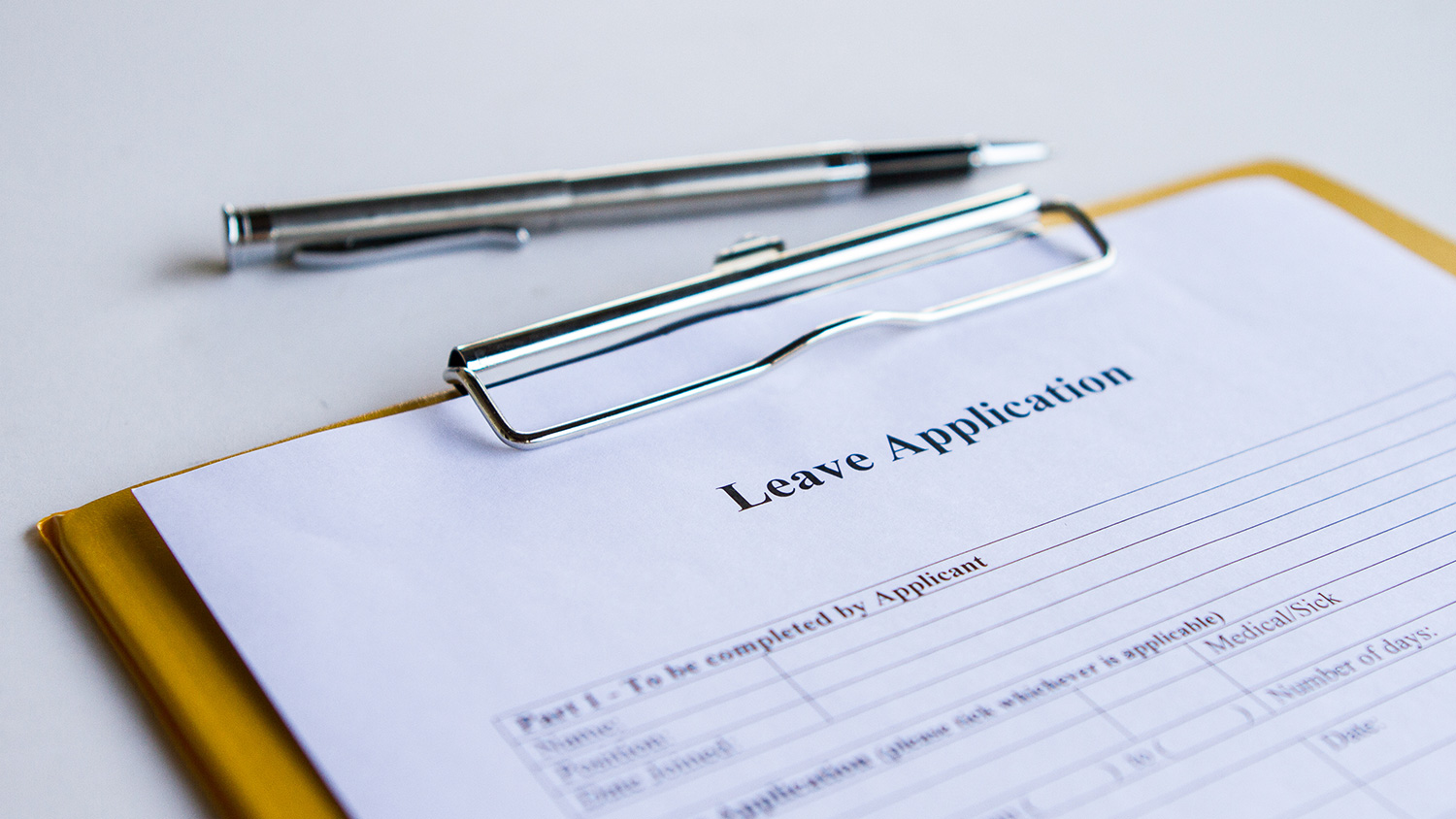
Women’s health at work: a growing crisis
A groundbreaking report titled Uncovering the UK’s Hidden Crisis in Women’s Workplace Health highlights the urgent need for measures to protect women from getting ill because of work.
According to the HSE 2022 Labour Force Survey, an estimated 918,000 women suffer from worsened health due to exposures at work, compared to 778,000 men. However, these figures are believed to be under-reported, indicating an alarming gap in monitoring, measuring, and reporting the true scale of the problem.
The report, published by the British Occupational Hygiene Society (BOHS), highlights that women are carrying more of the burden of occupational disease than men and emphasises that immediate action is needed to address this crisis before it becomes unmanageable.
Says BOHS President Alex Wilson:
“We are witnessing a silent and growing crisis that is significantly damaging women’s health in the workplace… The burden of occupational disease on women is an issue that demands urgent attention from all stakeholders in occupational health.”
The report aims to initiate a national discussion on this crisis. It examines instances where the relationship between work and society fails to safeguard women’s workplace health. BOHS advocates for considering the impact of the workplace on women’s health as a measure of national equality policy, health and safety impact and social sustainability.
The Council for Work and Health, which brings together the bodies which represent those professions delivering health, safety and wellbeing services to the working age population, commented:
“BOHS, a member of the Council, has raised the important issue of women’s health in the workplace, and what may be a lack of awareness of the nature of the threats to the health of women at work, and potentially a greater likelihood of ill health and injury than the level of risk for men. For all workers, the employer’s risk assessment should consider the threats to health of all people in the workplace and others who might be affected by the employer’s activities (which may be physical, chemical, biological, environmental and/or psychosocial hazards) and also those threats to health that may have a specific impact on certain people. This is asking the question 'Who might come to harm and how?'."
Key highlights from the report include:
- An alarming rise in work-related illness among women: the report gives evidence that more women are falling ill due to their work, necessitating immediate action.
- Under-reporting of women’s work-induced illness: there is evidence suggesting significant under-reporting of work-related health issues among women, making it more difficult to address the problem.
- Need for monitoring and reporting: the lack of monitoring and reporting contributes to the insufficient understanding of the scale of the crisis.
- The report reveals that women carry a heavier burden of occupational disease compared to men, much of which is entirely preventable, presenting a significant opportunity for business, the economy and society to save costs and protect the health of their female workforce.
Men's and women’s different working conditions and treatment by society can affect the risks both genders face at work, as well as how to assess and control these risks, according to a resource published by the International Union of Food, Agricultural, Hotel, Restaurant, Catering, Tobacco and Allied Workers' Associations (IUF).
The report, Making women visible in occupational health and safety, comments that, while there is an emphasis on creating safer and healthier workplaces, often women’s occupational health and safety is not given enough attention or ignored completely, putting workers at risk of injury and ill health.
Says the IUF:
“Exposure to the same risks may impact on women and men differently. Work predominantly undertaken by women is often wrongly presumed to be lighter, easier and safer than that undertaken by men and consequently receives less attention. While men may suffer more accidents and fatalities at work, the reality is that women often work in physically hard and often repetitive jobs such as in agriculture, cleaning, hotel work, social care, domestic work and food manufacturing.”
The keys to gender-sensitive OSH practice aimed at governments, employers and workers highlight the need to:
- Develop policies to address inequalities;
- Explore the effects of gender roles on safety and health;
- Include gender in risk assessment;
- Analyse risk in both male- and female-dominated occupations;
- Ensure that OSH research (including government research) takes account of gender differences;
- Develop systems to collects sex-disaggregated OSH data;
- Incorporate the findings from OSH research and data into policy-making and workplace action;
- Provide equal access to occupational health services for all;
- Provide gender sensitive information, education and training;
- Design workplaces, work equipment, tools and PPE for women and men;
- Consider working time arrangements and work-life balance; and
- Fully involve women and men workers in the decisions that affect their safety and health at all levels.






